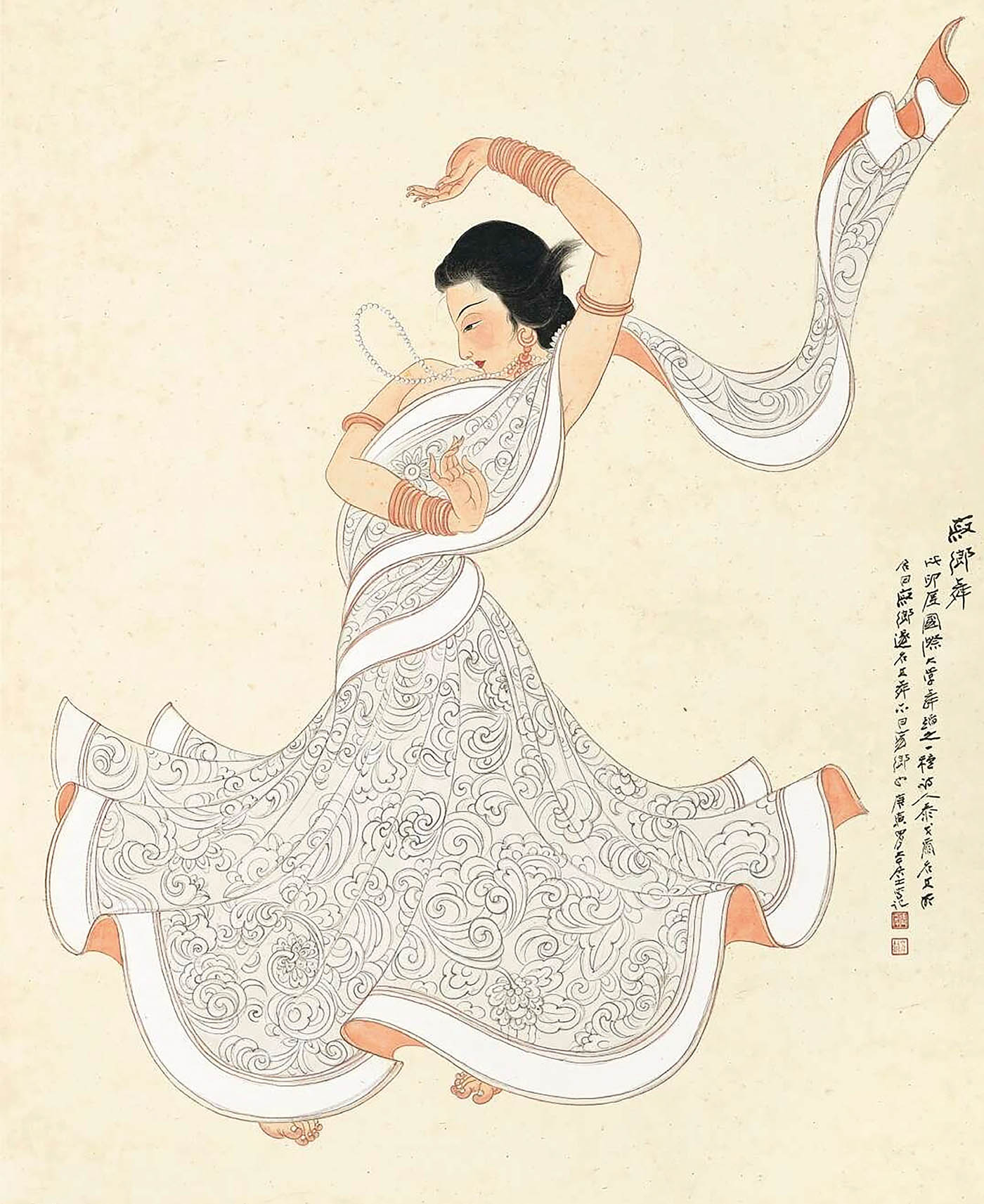India–China artistic engagements in the 20th century
What is the first thing that comes to mind when we think of Indian elements in Chinese art? Without doubt, Buddhist mural painting, with its shading and highlighting techniques and its serial form of narrative painting, is the most glorious tradition that Indian art has brought to China since the initial contact was made between the two countries in the first millennium.
Unfortunately, these artistic interactions seem to have gradually disappeared in subsequent centuries. However, though it was long overshadowed by existing narratives, India in fact played a crucial role in the modern Chinese art reform of the 20th century. During this period, exchanges between Indian and Chinese artists entered their heyday, starting when the distinguished Indian poet Rabindranath Tagore visited China in 1924.

Zhang Daqian, Indian Dancer, 2019 Sotheby’s Hong Kong.
In this edition of ‘China Connections’, three scholars and a journalist share their latest research and newly discovered sources on 20th century India–China artistic interactions, attempting to re-examine how India interacted with China and in what ways it inspired Chinese artists during the modern Chinese art reform.
Yu Yan, Center for Global Asia, New York University Shanghai; regional editor of this issue’s ‘China Connections’.